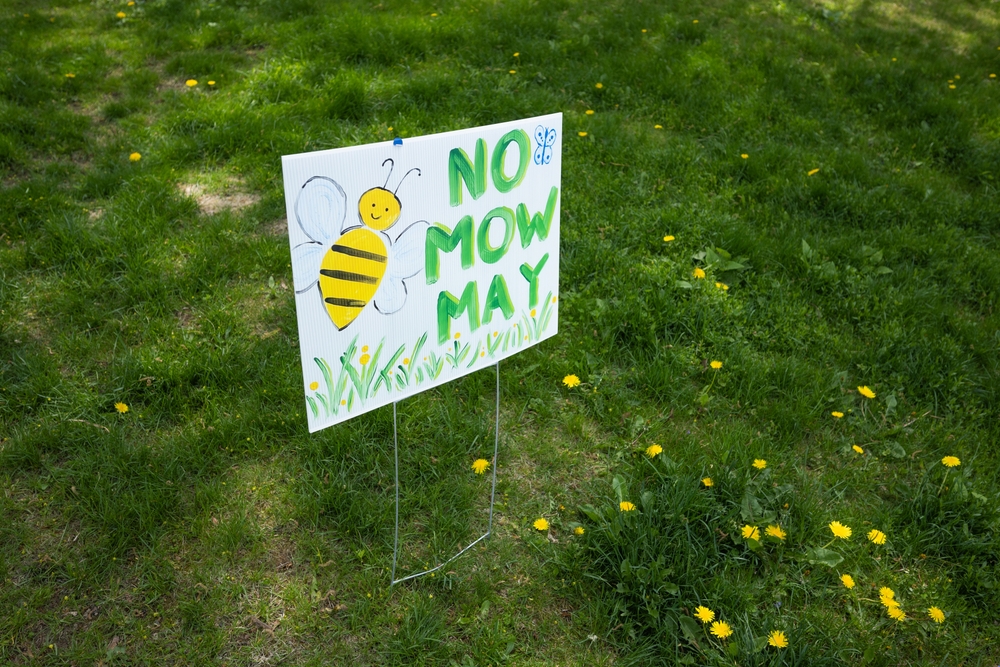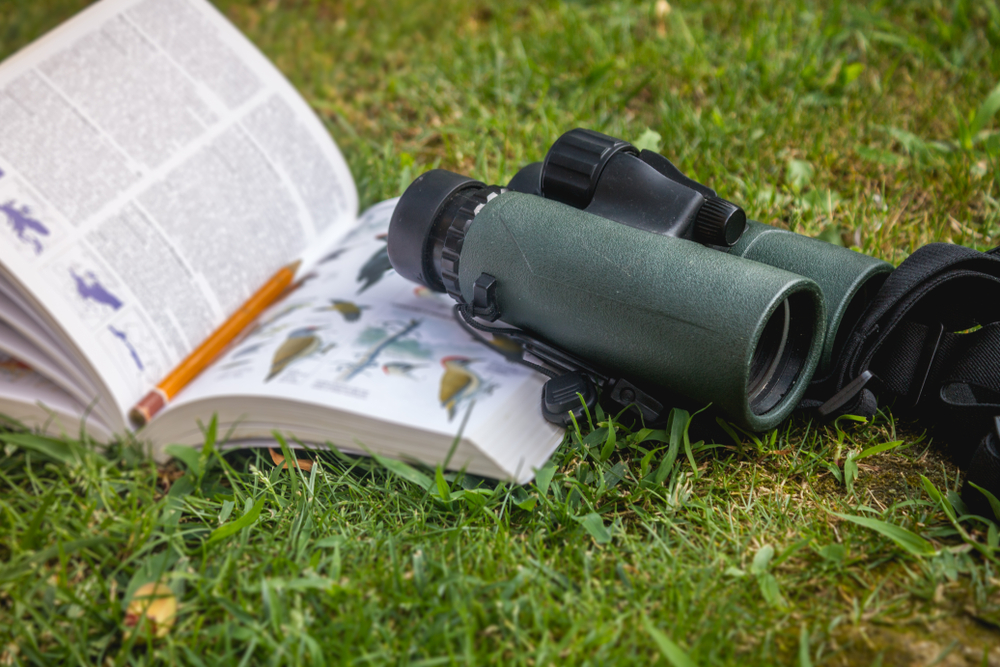With 700 million people worldwide suffering from water insecurity, it would surely be great if we were able to pull clean water out of thin air. Well, thanks to a team of scientists from the National University of Singapore (NUS), we could soon do that in a simple and efficient way.
The new technology involves a spongey aerogel that turns water molecules from the air into potable liquid water, without needing electricity or having any moving parts. The conversion is made possible because of the structure of the aerogel, which is made up of long snake-like polymers combined with what’s known as a metal-organic framework — porous structures notable for their very large surface area.
As a result of its special chemical make-up, the hybrid material is able to continuously and simultaneously attract and repel water. This means that the aerogel can autonomously collect water molecules from the air, condense them into a liquid and then release it. The material performs even better when exposed to sunlight, which promotes its hydrophobic abilities and enables it to turn 95 percent of the vapor it absorbs into liquid water.
So far, laboratory tests have been incredibly promising, with the scientists demonstrating the material’s continuous operation for 1,440 hours straight. In humid conditions, the material has been reported to produce 17 liters (4.5 gal) of drinkable water per day.
“Given that atmospheric water is continuously replenished by the global hydrological cycle, our invention offers a promising solution for achieving sustainable freshwater production in a variety of climatic conditions, at minimal energy cost,” said lead researcher Professor Ho Ghim Wei. She and her team are now looking for commercial partners to ramp up the technology’s implementation.











